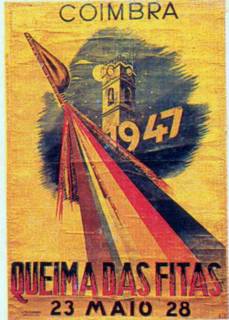
Raise the flag
Harry Choates, Harry Choates Special.
Harry Choates, Devil in the Bayou.
A great dose of cultural miscegenation for the weekend.
When the Cajun fiddler Harry Choates was a child, the populist governor of Louisiana, Huey Long, began building thousands of miles of highways--13,000 in all before Long was assassinated in 1935--linking every last corner of the state. So by the time Choates formed his first band after the war, the Cajuns, the descendants of the French-speaking Acadians forced out of Canada centuries before, were no longer an isolated culture in the Louisiana bayous--they were starting to assimilate and their music was changing, absorbing influences from across the South.
Choates managed to create a fusion of Cajun fiddling and Western swing. "Harry Choates Special" is a pure Bob Wills rip-off, complete with Choates doing Wills-style interjections before solos. But Choates' fiddle playing is wilder than the typical country player--he would stand on the tips of his toes to play at the absolute top of his range, emulating the way Cajun singers would sing "high". "Devil in the Bayou" features great steel guitar/fiddle interplay along with some shrieking and howling.
Choates at his peak was called the Cajun Hank Williams, but his career was short and messy, marked by alcoholism and erratic behavior. In 1951 he was killed in a jail in Austin, Texas, for reasons and by methods still unclear--he most likely was beaten to death by guards.
You can find more great Choates music here. Details on Choates from John Morthland's "The Best of Country Music."
Dizzy Gillespie, Manteca.
Dizzy had long wanted to incorporate Latin American rhythms into jazz, in particular the rhythms he was hearing from the growing number of Cuban players on the scene. Finally, in 1947, he was able to form a big band and recruited the Cuban conga player Chano Pozo as a collaborator. Pozo gave Dizzy a series of riffs, which Gillespie linked together with a bridge section he composed--the result was "Manteca," which essentially created a new musical movement, salsa, during its three-minute length.
(Pozo seems like a character out of a dime novel--he had a bullet permanently lodged in his spine, and carried a knife everywhere. In December '48, he was killed in a barroom brawl.)
"Manteca" starts with Pozo's three riffs--first on bass, then saxophones, then trombones, with Pozo's conga playing under all of it. Gillespie's shining trumpet solos, short as they are, are marvels; Nick Nicholas throws in a reference to "Blue Moon" in his sax solo--the whole thing is a great wonderful jumble of contrary influences.
Recorded on December 22, 1947, in New York. Buy "Manteca" here.
No comments:
Post a Comment